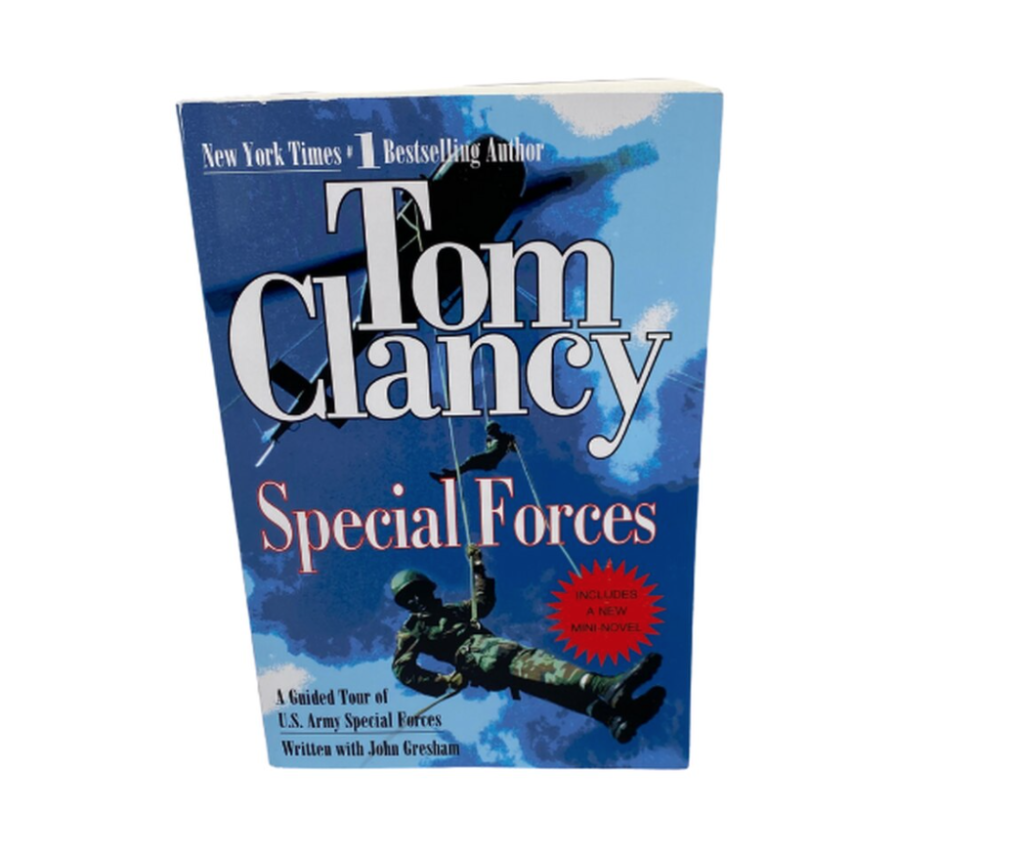Developing an Unconventional Warfare: The Creation of Special Forces
In June 1952, Colonel Aaron Bank activated the 10th Special Forces Group (SFG) at Fort Bragg, North Carolina, as part of the Psychological Warfare Center. The mission of the 10th Special Forces Group was to “infiltrate its component operational detachments to designated areas within the enemy’s sphere of influence and organize the indigenous guerrilla potential on quasi-military or a military basis for tactical and strategic exploration in conjunction with out land, seas and air forces.”
Colonel Bank was the architect of this unique and entirely new Army force. He wanted the Army to be able to operate deep in the enemy’s rear areas, organizing and leading indigenous guerrilla forces, just as the OSS had in France, Italy and Burma during World War II. The basic component of a Special Forces Group was an “A” Detachment, a small force of language trained military specialists which formed a cadre that would, in Bank’s words, “mushroom into a huge guerrilla force, actually a phantom army…” behind enemy lines.
Selling the Army on merits of an unconventional warfare (UW) force was not easy. Working with Brigadier General Robert McClure, Chief of Psychological Warfare, Bank convinced the Army staff that special operations forces were needed to conduct unconventional warfare. An airborne ranger force, something the Army experimented with in Korea, was mainly for tactical reconnaissance. General Maxwell Taylor, the Army Assistant Chief of Staff for Operations and Training, agreed with Bank’s analysis and the activation of Special Forces was recommended. Looking back on the approval of Special Forces, Bank noted the job could not have been done without General McClure and Colonels Russel Volckman and Wendell Fertig, both of whom had extensive experience leading guerrillas in the Philippines during World War II.

Bank recruited former OSS personnel, Rangers and other airborne qualified Soldiers. He emphasized cross-training of “A” Detachment troopers that gave each man on a team the ability to perform the functions of any other team member. Within a year, the 10th SFG had passed its operational readiness inspections, excelling in all areas. When East Germany erupted in revolt against Soviet rule in 1953, Bank was ordered to lead the 10th SFG to Bad Tolz in Bavaria, West Germany, where it would be prepared to conduct unconventional warfare against Russian forces. A new era in Army history had begun.
With the 10th SFG overseas, the Army bolstered its UW capability by activating the 77th Special Forces Group at Fort Bragg on September 16, 1953. Bank’s vision of an Army UW force was now well established. COL Aaron Bank died at 101 years old and was known as the “Father of Special Forces”.
For more information regarding training, missions and the mindset of today’s Special Forces Soldiers, click below to purchase the book, “Special Forces”, written by Tom Clancy from the Museum Gift Shop!





